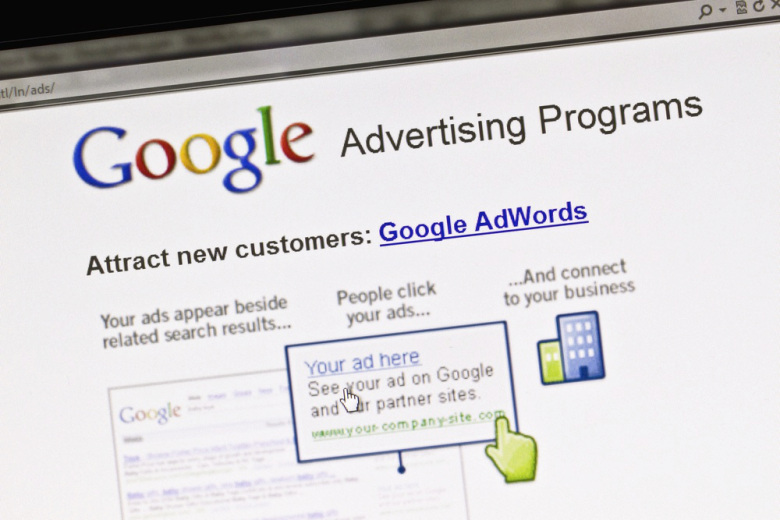When used properly, AdWords can be one of the most lucrative forms of advertisement available to you outside of owning the Superbowl. If you’re objectively bad at using the system, however, you end up with a mediocre program with boring ads and few incoming conversions. So the question is, why is your program mediocre, and how can you make it to the Superbowl?
You Haven’t Invested in Conversion Optimization
Conversion optimization takes a detailed look at your sales funnel, including your AdWords ads and your landing page, and identifies flaws along the way. Using split testing and deep analytics, you can discover where your program goes wrong and how to improve it.
Your Landing Page is Terrible
Your landing page is the first thing a user sees once they click your ad. It absolutely must perform. If your landing pages are too thin, they’re too obviously advertorial or they’re valueless, they do nothing for you. Make sure they demonstrate both the problem a user faces and the way your product can solve that problem, without looking like a billboard for a dentist on the side of the highway.
Your Keywords are Too Broad
Keywords are tricky. You can’t focus too narrowly on your niche, or you’ll end up with a miniscule search volume. You likewise can’t go too far in the opposite direction, or you’ll find your ads displaying to people who don’t really care about your product. It would be like advertising your lawnmower to everyone who works outdoors; some will be interested, sure, but you get a lot of impressions from people who aren’t.
You’re Emphasizing CPC Instead of CPA
Cutting your cost per click is important, but you can’t go too far or else you end up spending more just for the volume you need to bring in leads. You need to avoid the keywords that cost too much per click, but you also need to avoid the keywords that require too many clicks before you earn a conversion. That cost per action is highly important.
Your Calls to Action are Whispers
Marketers have been focusing hundreds of hours on designing the perfect call to action for as long as calls to action have existed as a concept. If you’re not riding on the back of that research, you’re literally throwing your time away. A bad call to action is a whisper in a world of megaphones.
You Have No Idea Who Your Audience Is
Audience targeting goes back to that bit about the lawnmower targeting everyone outside. That’s an example of targeting that is too broad. Conversely, you might be targeting too narrowly; advertising your lawnmower only to people who are male, 65 years old, married with one child, age 19, living in Rhode Island on a hill. That target audience is too small to be effective.
So those are the flaws you may be facing. Each one is a broad topic unto itself, but you can solve most of them by following a few simple guidelines.
One: Demonstrate the value of your product succinctly. A good ad, and by extension a good landing page, will demonstrate immediately the problem the user faces in a relatable way. By appealing to the “we’ve all been there” feeling, you are able to cut back on words.
Once that’s established, you demonstrate how your product solves that problem in a way that makes the user realize how useful it is. That’s where the call to action comes in; convincing your visitor that they should buy your product sooner rather than later.
Two: Keep your calls to action within proven boundaries. The color, the layout, the language, the positioning; everything about an effective call to action has been pinned down at least somewhat precisely over the last decade. Don’t go for an esoteric layout in hopes the difference will draw attention; it will cost you conversions. You have freedom within reason, but the guidelines exist because they’re proven to work.
Three: Choose your keywords appropriately for your campaign. Think in terms of what users are searching for to find you, and target keywords in that narrow range. Avoid anything too broad or too overly specific. An overly narrow keyword may have a low CPC and a high conversion rate, but the small volume means you’re missing out.
Four: Test your conversion funnel for weaknesses. Treat your sales funnel like a crash test facility treats a car; if you can’t find a weakness, you’re not trying hard enough. Look for weaknesses and patch them up to improve overall flow. Everything is ripe for change; your user experience, your image coloring, your copy, even the deals you offer your customers.
Five: Find the right middle ground with cost per click. Don’t shoot for the lowest possible CPC; shoot for a low cost per action with a viable volume. It does you no good if your clicks cost a penny, if you only get ten of them per month and only one converts. Even paying 100 times as much per click is worth it if your volume increases a thousand-fold.
Keeping those five rules in mind will position you to potentially dramatically boost your AdWords conversion rate and volume simultaneously. They allow you to be aware of every step of your conversion process, with a critical eye towards improvements. Be open to change, be agile, test, increment changes and maybe even march inexorably towards success.
Ref: Venture Beat




